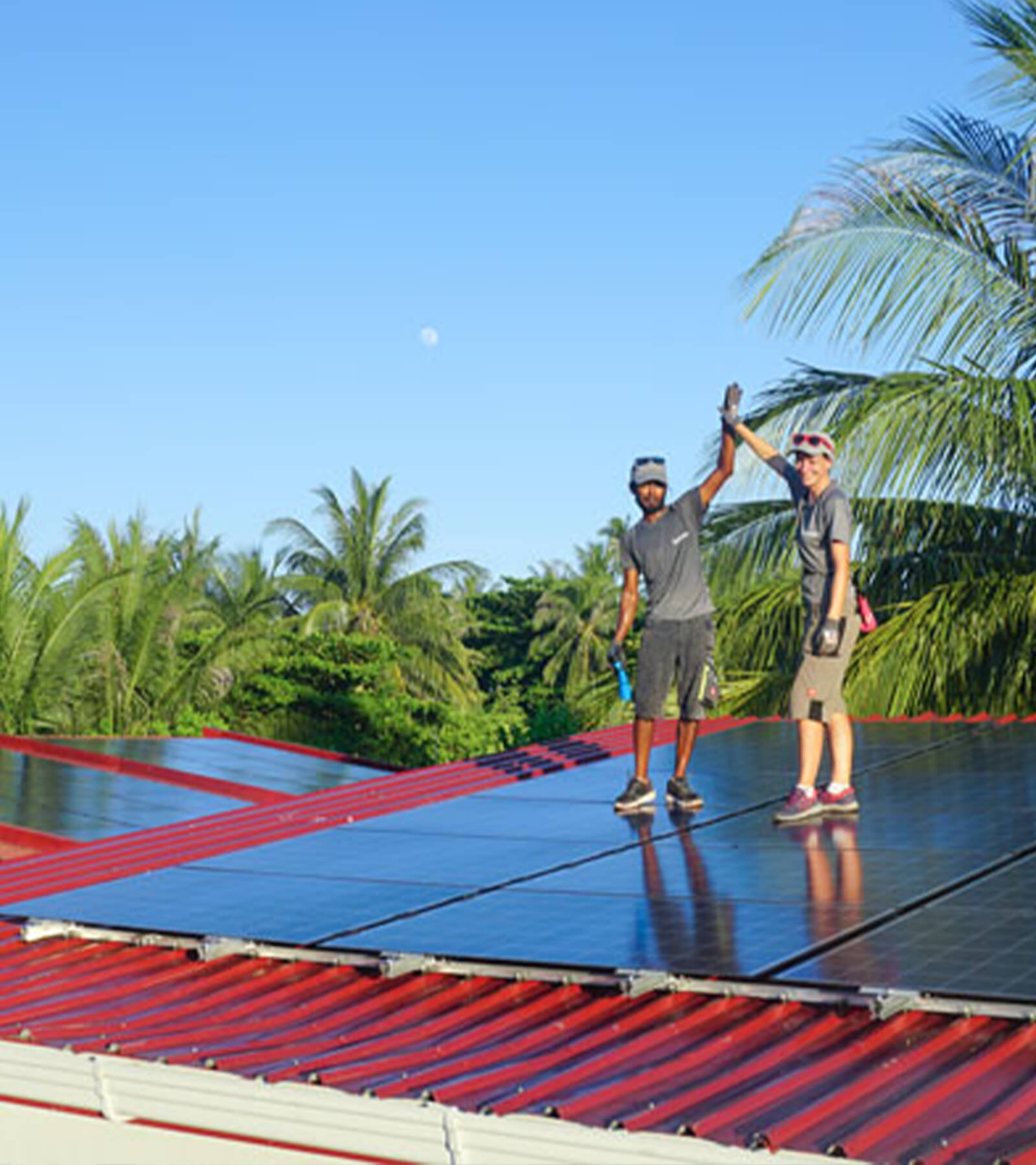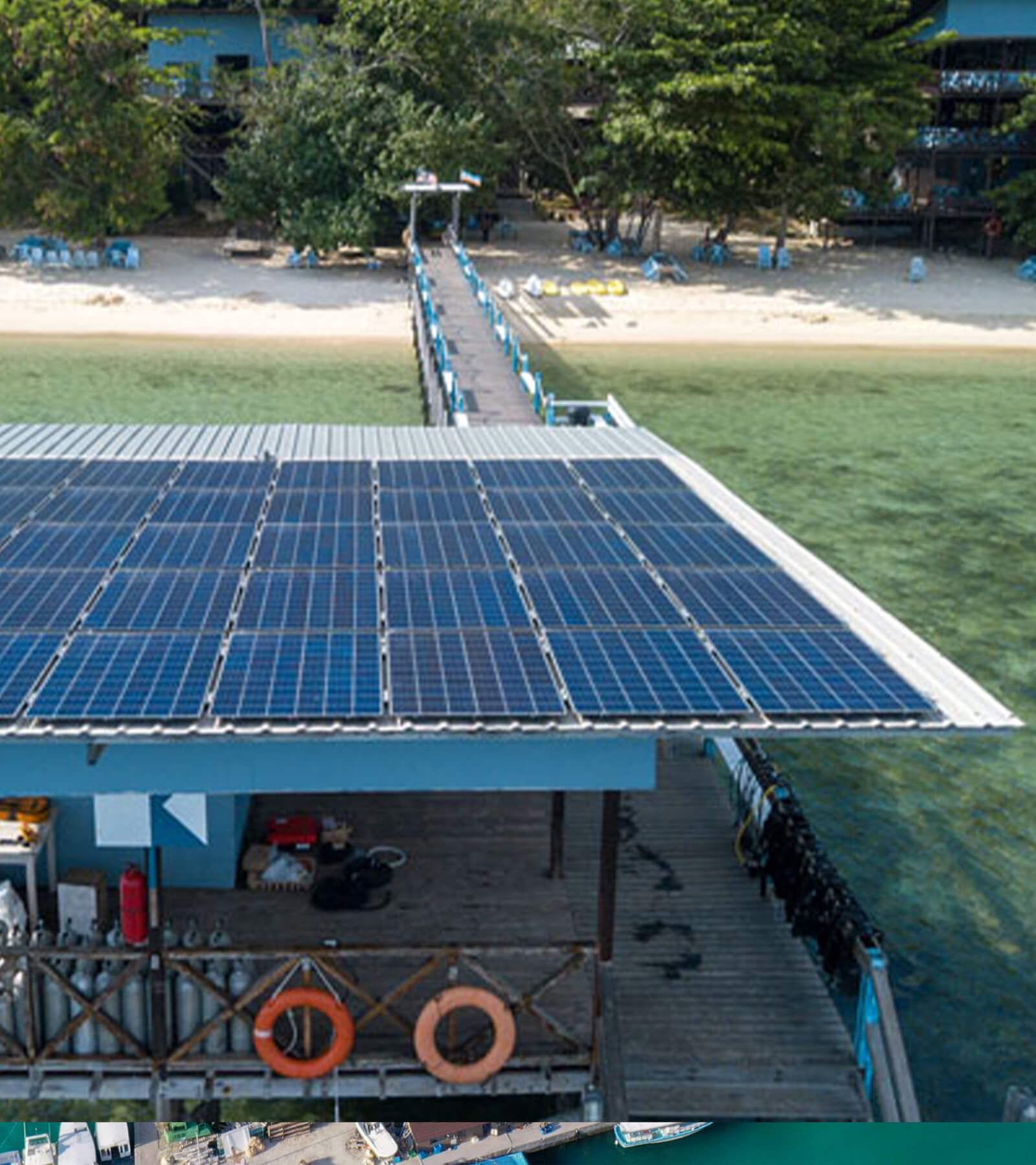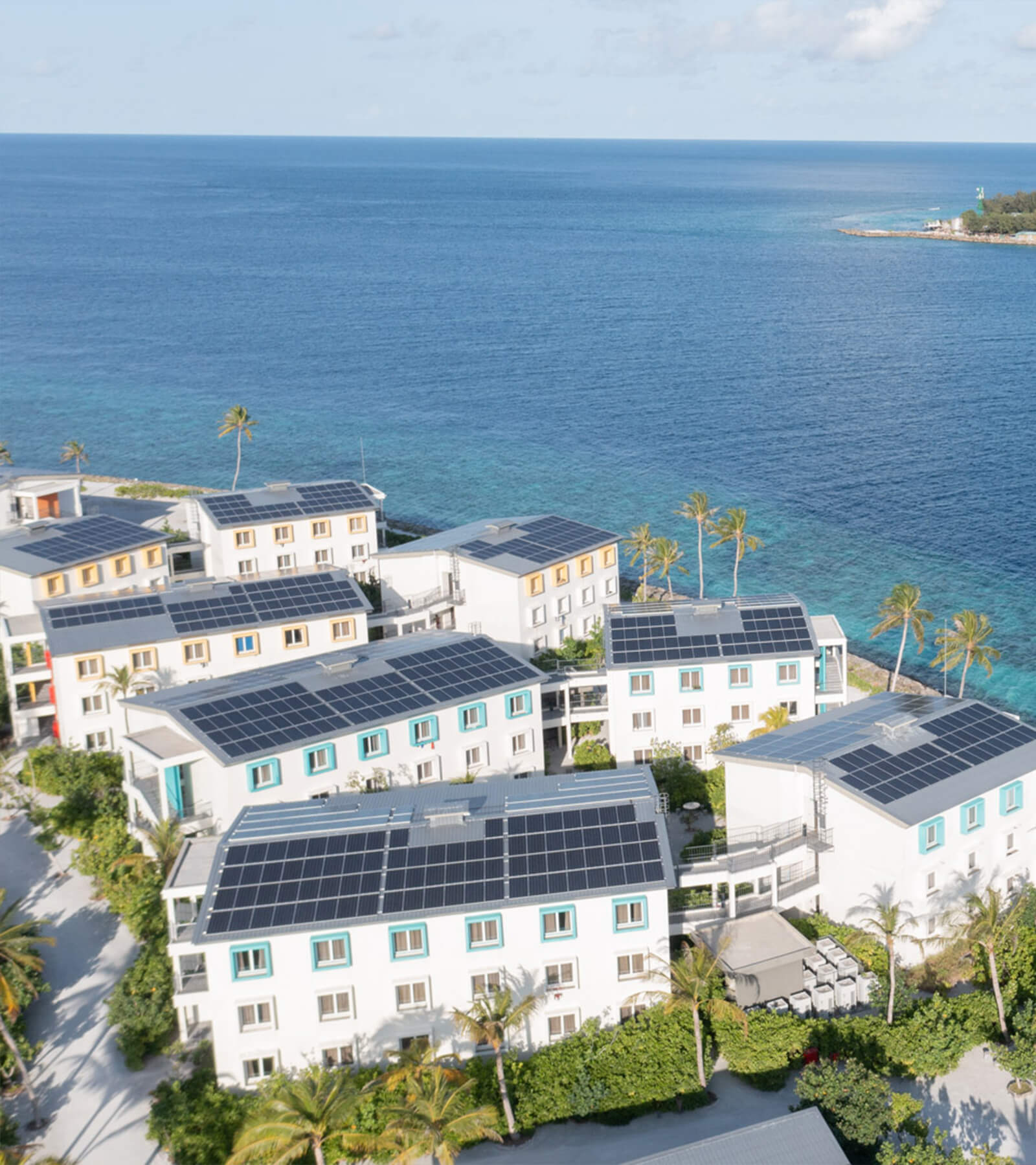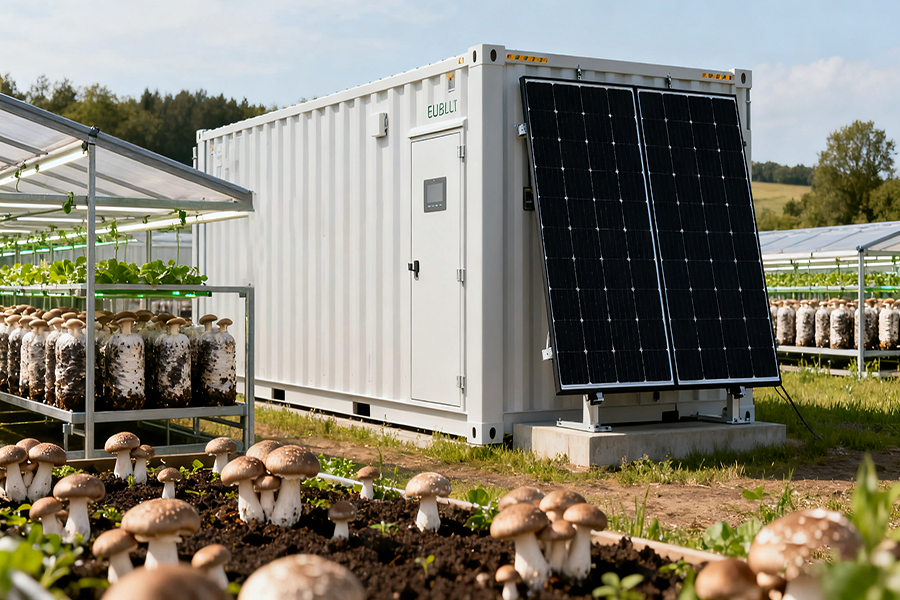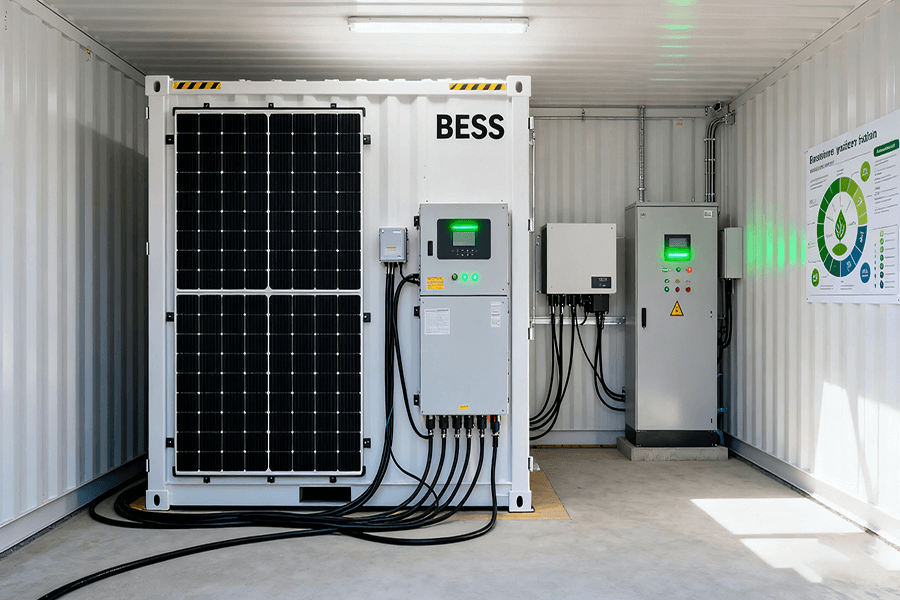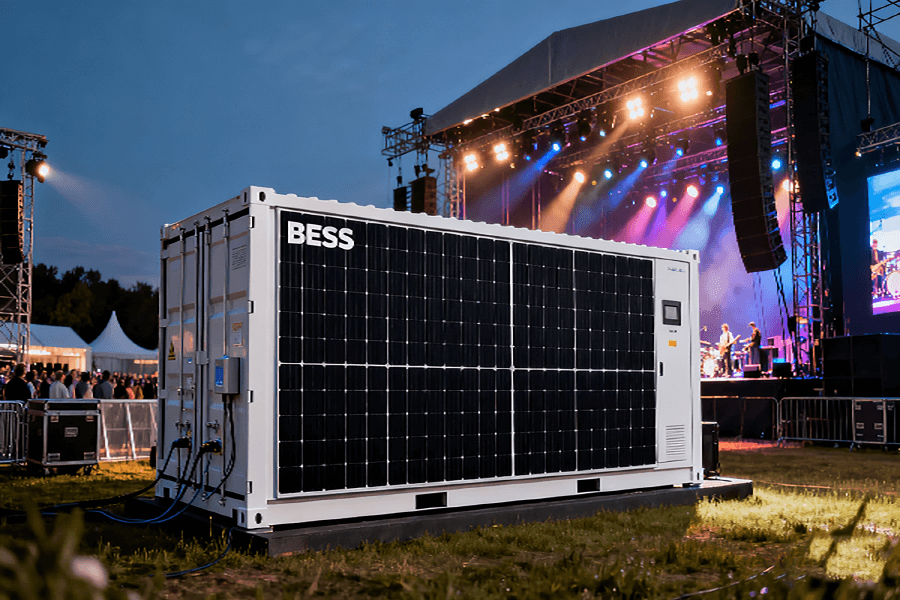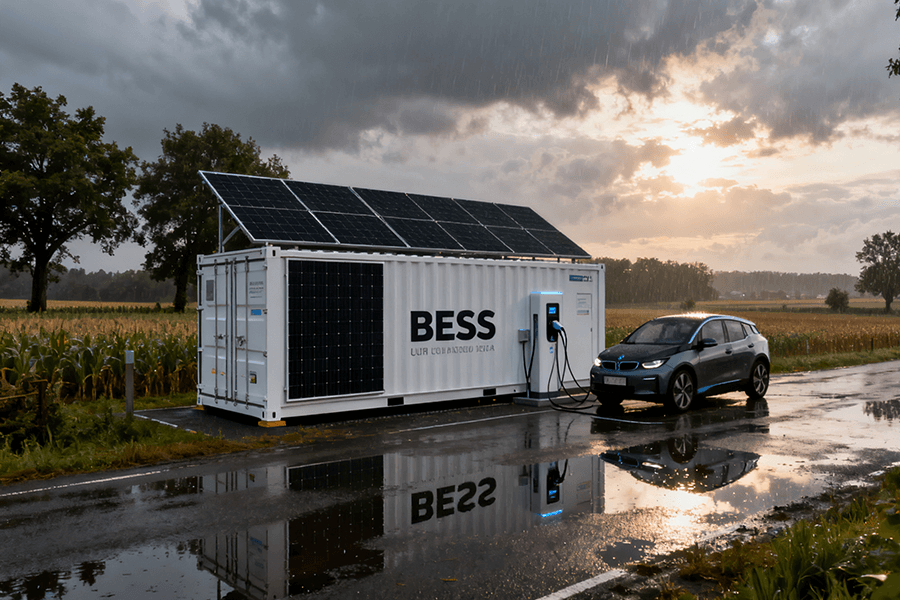“Is a 16kW solar system enough for a 3000 sq ft house?” Let’s cut through the solar hype:
- YES if…
- You live in Arizona (1,200+ kWh/month sun)
- Your AC isn’t older than *NSYNC’s debut album
- You charge EVs at noon like a Tesla addict
- NO if…
- Your roof faces a pine forest (looking at you, Seattle)
- Your “hobby” is running a basement crypto farm
- Your insulation was last updated during the Reagan era
- FIXES: Reflective roof coating (+15% output), 10kWh battery backup ($7k), and never run the dryer at midnight.

Direct Answer: How Much Power Does a 3000 Sq Ft House Need? Can 16kW Cover It?
Solar system sizing hinges on energy demand, not just square footage. Here’s how to calculate it for a 3000 sq ft home:
Step 1: Calculate Annual Energy Use
Formula:
Household Energy Use (kWh/year) = Floor Area × Energy Intensity
- Energy Intensity varies by efficiency:
| Home Type | Energy Intensity (kWh/sq ft/year) | Monthly Usage (3000 sq ft) |
|---|---|---|
| Low-energy (2025 standards) | 0.5 (NREL 2025) | 1,500 kWh |
| Average (mixed fuels) | 0.7 (EIA 2025) | 2,100 kWh |
| High-energy (legacy systems) | 1.0+ | 3,000+ kWh |
Example:
A 3000 sq ft home with ENERGY STAR appliances and heat pumps = 0.5 × 3000 = 18,000 kWh/year (1,500 kWh/month).
Step 2: Compare to 16kW Solar System Output
A 16kW solar system generates:
- Annual Output: 18,000–24,000 kWh (depending on location)
- Sunny regions: 24,000 kWh (NREL PVWatts 2025 data for Southwest U.S.).
- Cloudy regions: 18,000 kWh (e.g., Pacific Northwest).
- Monthly Output: 1,500–2,000 kWh.
Step 3: Match Demand vs. Supply
| Scenario | Monthly Energy Use | 16kW Solar Output | Verdict |
|---|---|---|---|
| Efficient home (LEDs, heat pumps) | 1,200–1,600 kWh | 1,500–2,000 kWh | ✅ 100–33% surplus |
| Average home (1 EV, gas backup) | 1,800–2,000 kWh | 1,500–2,000 kWh | ✅ Breakeven to 10% deficit |
| High-energy home (2 EVs, pool pump) | 2,400–3,000 kWh | 1,500–2,000 kWh | ❌ 20–50% deficit |
Key Thresholds (2025 Data):
- 16kW is enough if monthly use ≤ 1,800 kWh (aligned with DOE Zero Energy Ready Home benchmarks).
- 16kW falls short if usage exceeds 2,200 kWh/month due to:
- Older HVAC systems (30% less efficient than 2025 models).
- Multiple EVs (e.g., Tesla Model 3: 250 kWh/month per vehicle Tesla 2025).
Critical Factors Beyond Square Footage
Why Floor Area (3000 Sq Ft) Is Just the Starting Point? 3 Key Factors
① Energy Efficiency: Same Size, Wildly Different Consumption
A 3000 sq ft home’s energy use can vary by 300% based on appliance efficiency and habits. Compare these 2025 scenarios:
| Household Type | Monthly Usage | Key Features | 16kW Coverage? |
|---|---|---|---|
| 2025 ENERGY STAR Home | 1,200 kWh | Heat pump HVAC, smart thermostat, LED lighting (ENERGY STAR 2025) | ✅ Surplus 300–800 kWh |
| Average Home (Gas + 1 EV) | 1,800 kWh | Gas furnace, 1 EV charging (250 kWh/month), standard appliances | ✅ Breakeven |
| “Energy Black Hole” Home | 2,600 kWh | 20-year-old AC (SEER 10), 2 EVs, pool pump (EIA 2025) | ❌ 600 kWh deficit |
Takeaway:
- A high-efficiency home uses 50% less energy than a legacy-equipment home, despite identical square footage.
② Climate & Design: 3000 Sq Ft ≠ 3000 Sq Ft
Geographic and architectural factors drastically alter energy needs:
Cold Climates (e.g., Minnesota):
- Heating Load: Adds 300–500 kWh/month vs. mild climates (ASHRAE 2025).
- Solution: Pair solar with a heat pump (COP 3.5+) to cut heating costs by 50% (DOE 2025).
Hot Climates (e.g., Florida):
- AC Dominance: Cooling consumes 50% of energy (EIA 2025).
- Fix: Upgrade to SEER 18+ AC (saves 30% vs. SEER 14 models). A 16kW system suffices if AC efficiency is prioritized.
Design Impact:
- A 3000 sq ft open-layout home with Low-E windows uses 20% less AC energy than a compartmentalized design (NREL 2025).
③ Roof Space: How Much Room Does a 16kW System Need?
Key Metrics for 2025 Solar Installations:
- Roof Area Required: 800–1,000 sq ft (40–50 panels at 400W each).
- Critical Variables:
- Orientation: South-facing roofs yield 25% more power than east/west (NREL PVWatts).
- Shading: >20% shade reduces output by 30% (e.g., trees, chimneys).
Case Study:
| Roof Scenario | Usable Space | 16kW Feasibility? |
|---|---|---|
| Unshaded, South-Facing | 1,200 sq ft | ✅ Yes |
| Partial Shade (30%), West-Facing | 1,200 sq ft | ❌ No (Output drops to ~12kW) |
Pro Tip: Use microinverters or power optimizers to mitigate shading losses (SolarEdge 2025).
Energy Breakdown of a 3000 Sq Ft House – Can 16kW Handle It?
① Appliance-Specific Analysis (Average Household Example)
Breaking down energy use by appliance reveals how upgrades transform a 16kW system’s viability:
| Appliance | Monthly Usage (Pre-Upgrade) | Post-Upgrade Usage (2025 Standards) | Energy Savings |
|---|---|---|---|
| Central AC | 600 kWh (SEER 10) | 300 kWh (SEER 18, AHRI 2025) | 50% |
| Lighting | 200 kWh (halogen) | 60 kWh (LED, ENERGY STAR 2025) | 70% |
| Water Heater | 300 kWh (electric) | 150 kWh (heat pump, DOE 2025) | 50% |
| 1 EV Charging | 400 kWh | 400 kWh (EIA 2025) | 0% |
| Total | 1,500 kWh | 910 kWh | 39% Savings |
Key Takeaways:
- A pre-upgrade home consumes 1,500 kWh/month – a 16kW system (1,600–2,000 kWh/month) barely covers this.
- Post-upgrade, usage drops to 910 kWh/month, leaving a 45% surplus with 16kW.
- Critical Upgrades:
- SEER 18 AC cuts cooling costs by half.
- Heat pump water heaters slash water heating energy by 50% (NREL 2025).
② Floor Area vs. Appliances: Why Bigger ≠ Higher Energy Use?
Myth: A 3000 sq ft home always uses more energy than a smaller one.
Reality: Design and efficiency dominate over square footage:
| Factor | Impact on Energy Use (3000 sq ft vs. 2000 sq ft) | Data Source |
|---|---|---|
| Insulation (R-value) | 3000 sq ft with R-40 insulation uses 15% less heat than 2000 sq ft at R-20 (ASHRAE 2025). | ASHRAE |
| Window Efficiency | Low-E windows reduce cooling load by 25% in a 3000 sq ft home vs. single-pane in a smaller home (ENERGY STAR 2025). | ENERGY STAR |
| User Habits | Smart thermostats (e.g., Nest) lower HVAC use by 10–15% regardless of size (NREL 2025). | NREL |
Case Study:
- 3000 sq ft Open-Concept Home:
- Annual Usage: 18,000 kWh (efficient design, no EVs).
- 2000 sq ft Compartmentalized Home:
- Annual Usage: 21,600 kWh (poor insulation, legacy HVAC).
Conclusion:
A larger, well-designed home can outpace smaller, inefficient ones in energy savings.
Regional Suitability for 3000 Sq Ft Homes
① Sunny Regions (California, Texas, Arizona)
16kW System Performance:
- Annual Output: 22,000–24,000 kWh (NREL PVWatts 2025).
- Monthly Coverage: 1,800–2,000 kWh (supports high-demand homes).
| Scenario | Monthly Usage | 16kW Coverage? |
|---|---|---|
| 3000 sq ft + 2 EVs | 2,000 kWh | ✅ Full |
| 3000 sq ft + Pool Pump + 3 AC Units | 2,400 kWh | ❌ Deficit (requires 20kW system) |
User Example:
- “Our 16kW system powers two EVs, a pool pump, and three AC units in Phoenix. We’ve had $0 bills since 2024.” (Arizona Solar User Forum).
Key Advantage:
Excess solar generation can offset 100% of grid reliance, even with heavy cooling loads.
② Cloudy/Cold Regions (New York, Michigan, Washington)
16kW System Challenges:
- Annual Output: 14,000–18,000 kWh (30–40% lower than sunny regions).
- Winter Output: Drops to 800–1,000 kWh/month (40% decline, EIA 2025).
Solutions:
| Upgrade | Impact | Cost (2025) |
|---|---|---|
| 15kWh Battery Storage | 70% nighttime self-sufficiency | 12,000 |
| Grid-Tied Hybrid System | Seamless backup during low solar | +$3,000 |
Case Study (Michigan):
- Pre-Battery: 16kW covers 60% of annual needs.
- Post-Battery: 85% self-sufficiency, with grid backup for extreme cold (DOE 2025).
Upgrade Tips: Optimize Your 3000 Sq Ft Home for 16kW
Must-Do Upgrades
| Upgrade | Energy Savings | Cost (2025) | Key Data Source |
|---|---|---|---|
| Replace Old AC | 30–50% | 8,000 | AHRI 2025 (SEER 18 vs. SEER 10) |
| Smart Thermostat | 10–15% HVAC | 200–300 | NREL 2025 (Nest user study) |
| Time-of-Use Scheduling | 20% grid reliance | $0 (plan adjustment) | EIA 2025 |
Example:
- Running dishwashers, EVs, and pool pumps noon–3 PM (solar peak) cuts grid dependence to <10% in sunny regions.
Optional Upgrades
| Upgrade | Impact | Cost (2025) | ROI Timeline |
|---|---|---|---|
| 10kWh Battery | 50% nighttime coverage | 9,000 | 7–10 years (DOE 2025) |
| Reflective Roof Coating | Reduces AC load by 15% | 3,000 | 3–5 years (CRRC 2025) |
Pro Tip: Pair batteries with grid sell-back programs to earn 0.08–0.12/kWh for excess solar (California Net Metering 2025).
Real User Data: Can 16kW Power a 3000 Sq Ft Home?
| Region | Household Profil | Monthly Usage | 16kW Coverage | Key Factors |
|---|---|---|---|---|
| Texas | Energy-efficient + 1 EV | 1,300 kWh | ✅ +700 kWh surplus | Low AC demand (smart thermostat), high solar irradiance |
| Ohio | Average home + gas heating | 1,600 kWh | ✅ Breakeven | Gas heating cuts electric load; 16kW covers 100% of remaining needs |
| Colorado | Ski cabin (high winter heating) | 2,400 kWh | ❌ Deficit | Electric heating spikes usage; requires 20kW + battery (NREL 2025) |
Final Verdict: Is 16kW Right for a 3000 Sq Ft Home?
✅ Ideal Scenarios
| Factor | Impact on 16kW Suitability | Data Source |
|---|---|---|
| ENERGY STAR Appliances | Reduces baseline load by 20–30% | ENERGY STAR 2025 |
| Annual Sunlight ≥ 2,200 hrs | Guarantees 22,000+ kWh output | NREL 2025 |
| No 24/7 High Drain | Avoids 500+ kWh/month spikes (e.g., mining rigs) | EIA 2025 |
Regional Examples:
| Location | Annual Sunlight Hours | 16kW Viability |
|---|---|---|
| Phoenix, AZ | 3,200 | ✅ Ideal |
| Stuttgart, DE | 1,700 | ⚠️ Needs 20kW + battery |
⚠️ Caution Needed
| Red Flag | Risk | Mitigation |
|---|---|---|
| Future EV/Pool Plans | Adds 400–800 kWh/month | Size up to 20kW upfront |
| Shaded Roof | Reduces output by 25–40% | Ground-mount solar |
| Electric Heating | Spikes winter usage to 2,500+ kWh/month | Hybrid gas-solar system |
Case Study:
A shaded 3000 sq ft home in Portland, OR, required 22kW to offset 90% of usage despite efficient appliances (DOE 2025).
Final Step: Calculate Your Exact Needs
Formula:
Required System Size (kW) = (Monthly Usage × 1.25) / (Local Avg. Sunlight Hours × 30)
Example Calculation (California):
- Monthly Usage: 1,800 kWh
- Sunlight Hours: 5 hrs/day (150/month, NREL PVWatts 2025)
- Calculation: (1,800 × 1.25) / 150 ≈ 15kW → Round up to 16kW.
System Size Guide:
| Monthly Usage | Region (Sunlight Hrs/Month) | Recommended System |
|---|---|---|
| 1,500 kWh | Texas (180) | 12–14kW |
| 2,200 kWh | New York (120) | 23–25kW |
Pro Tip: Use the EIA’s Residential Energy Calculator to refine your inputs.

